


The summer visitor in the Gesäuse
The common sandpiper(Actitis hypoleucos)is a migratory bird which spends its summers in Europe and Asia. As it is a very shy, easily disturbed when breeding and depending on rivers which are left in der natural state it has become rare in Austria. However, there are four to six breeding pairs that frequent their nesting area in the Gesäuse National Park seasonally which make up the biggest population in Styria. As the birds strongly react to disturbances, especially in the breeding season between Mai and July, we kindly ask you to respect the trespassing bans. With a bit of luck you can observe the common sandpipers from a distance and listen to his characteristic cry “Hididididi”.
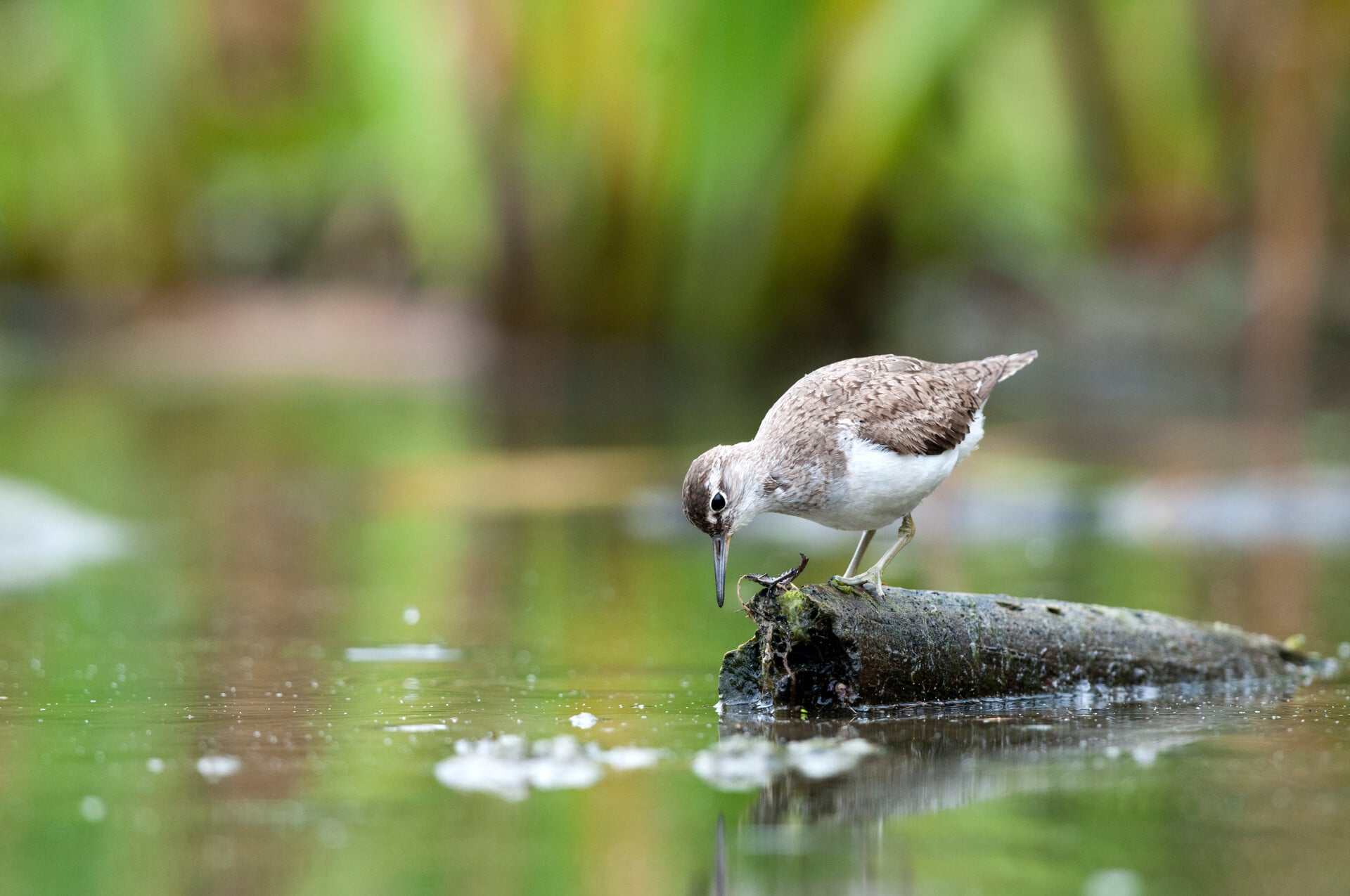
The king of the skies
The golden eagle (Aquila chrysaetos) also known as king of the air, is one of the most famous birds of prey. With a wingspan of more than two metres it offers a majestic sight. Speaking of sight: Did you know that an eagle is able to clearly see a mouse from a distance of about one kilometre?
Their breeding time is between March and May. During this period our team spends numerous hours observing and monitoring the eagles to ensure the protection of the birds and their aeries. In the Gesäuse National Park there are three breeding couples which raise a young one about every other year. With a bit of luck, you too will be able to spot the largest bird in the Gesäuse National Park.
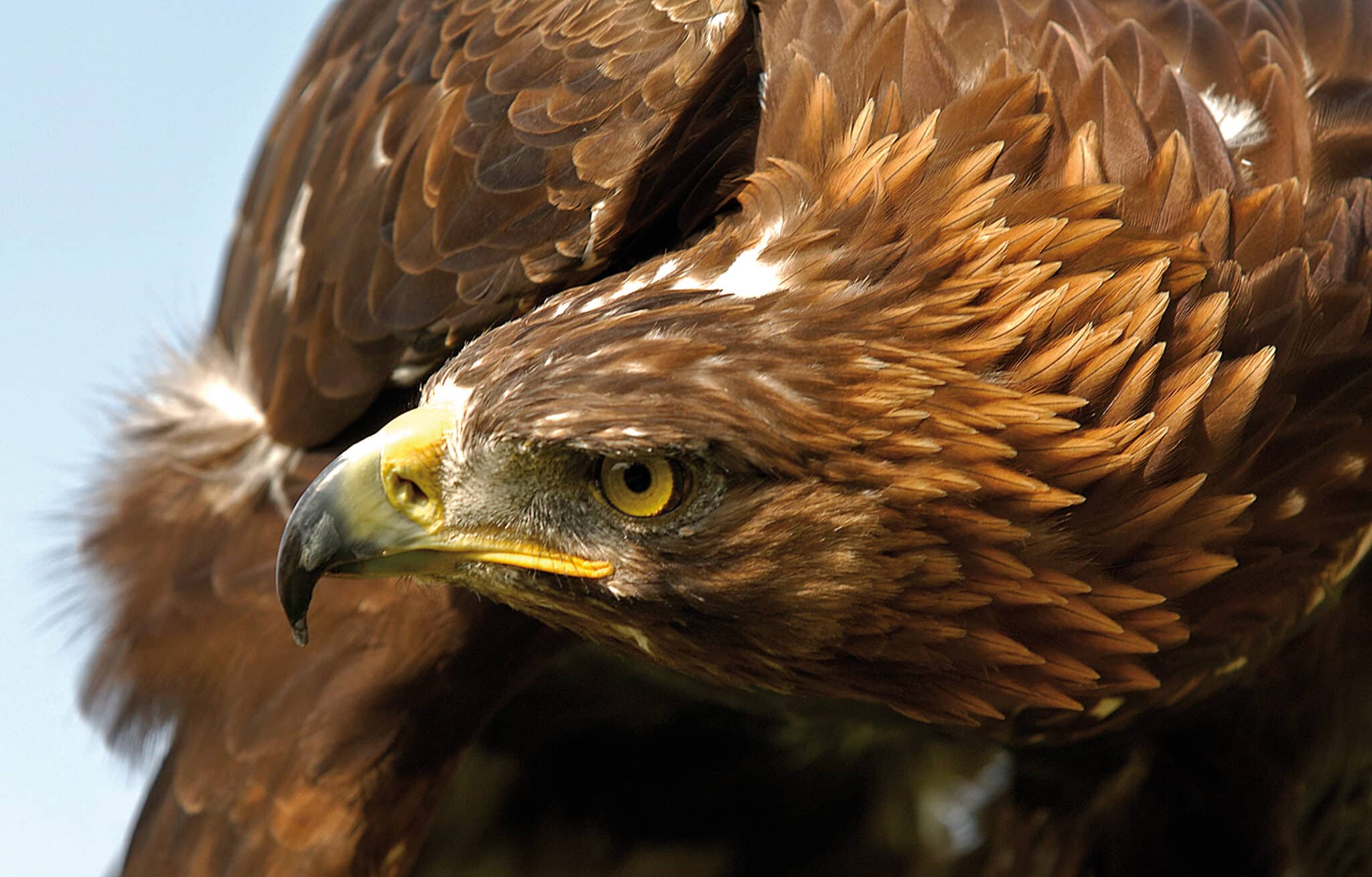
The endemit´s superstar
The northern-giant-eye harvestmen (Megabunus lesserti) surely lives up to its name. Where arachnids in general have eight eyes, harvestmen rely upon two and in the case of this representative they are enormous in comparison to its body. The corpus of this endemic species is as small as a sunflower seed but its eight long legs make it a palm-sized climber. The vertical limestone cliffs between mount Lugauer and mount Buchstein are its home and when passing them a little patience and luck might be rewarded with a face to face encounter.
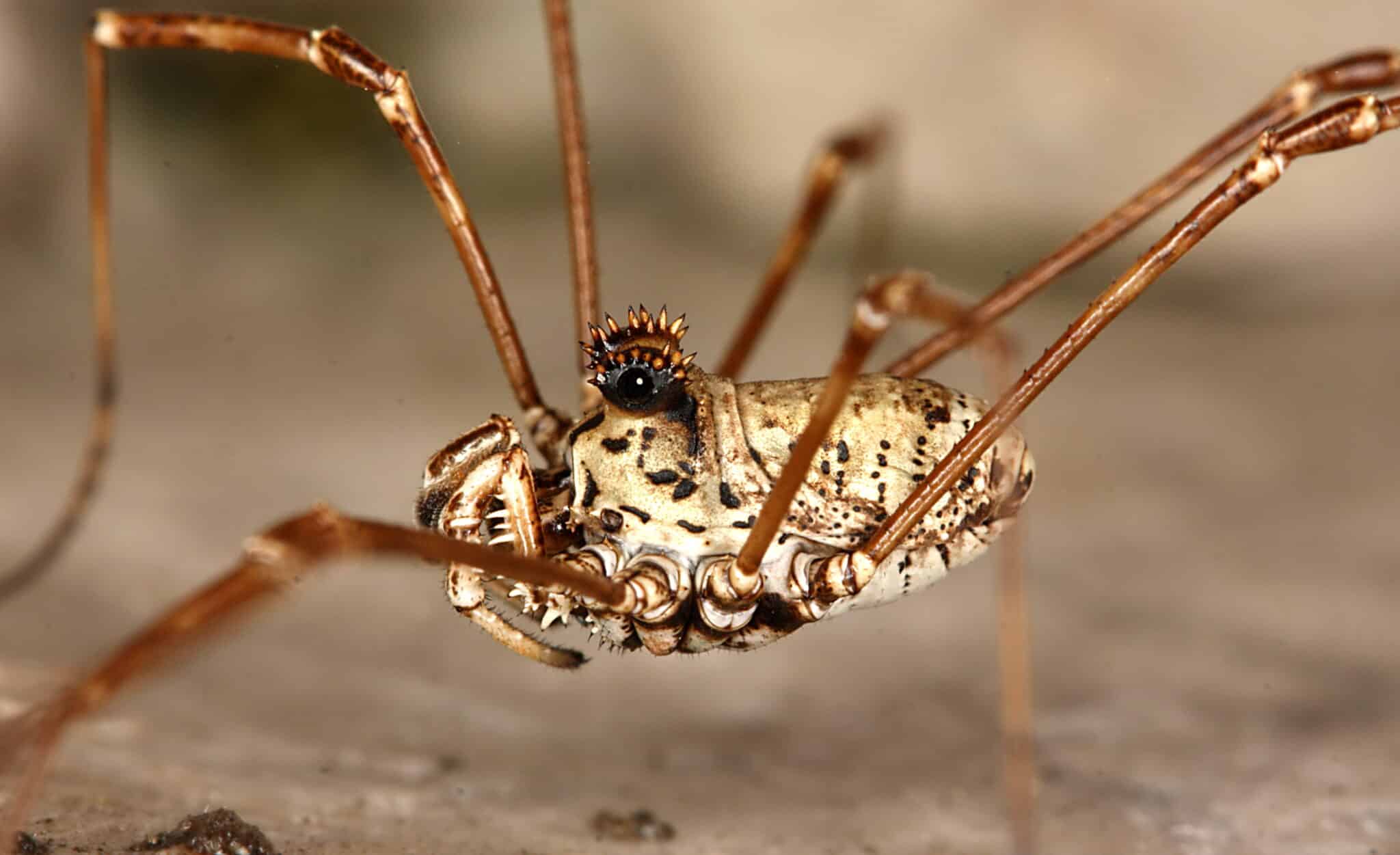
Survivors deep inside the mountain
It can survive exclusively in caves and is therefore perfectly adapted to life in the cold and dark: the Styrian northeastern alpine blind beetle (Arctaphaenops angulipennis styriacus) is blind, but has long tactile bristles on its body with which it can orient itself. Its name already reveals that it is also an endemic: its range extends only from the Gesäuse over the Dürrenstein to the Ötscher. Only in 2016 it was rediscovered in the Gesäuse National Park after 80 years. Most cave animals are adapted to the very constant cave climate. Even slight fluctuations can therefore endanger their survival.
By the way: to draw attention to the high conservation value of these special species, the Association of Austrian Speleologists has named the closely related Dachstein blind beetle (A. angulipennis angulipennis) even chosen as the cave animal of the year 2021!
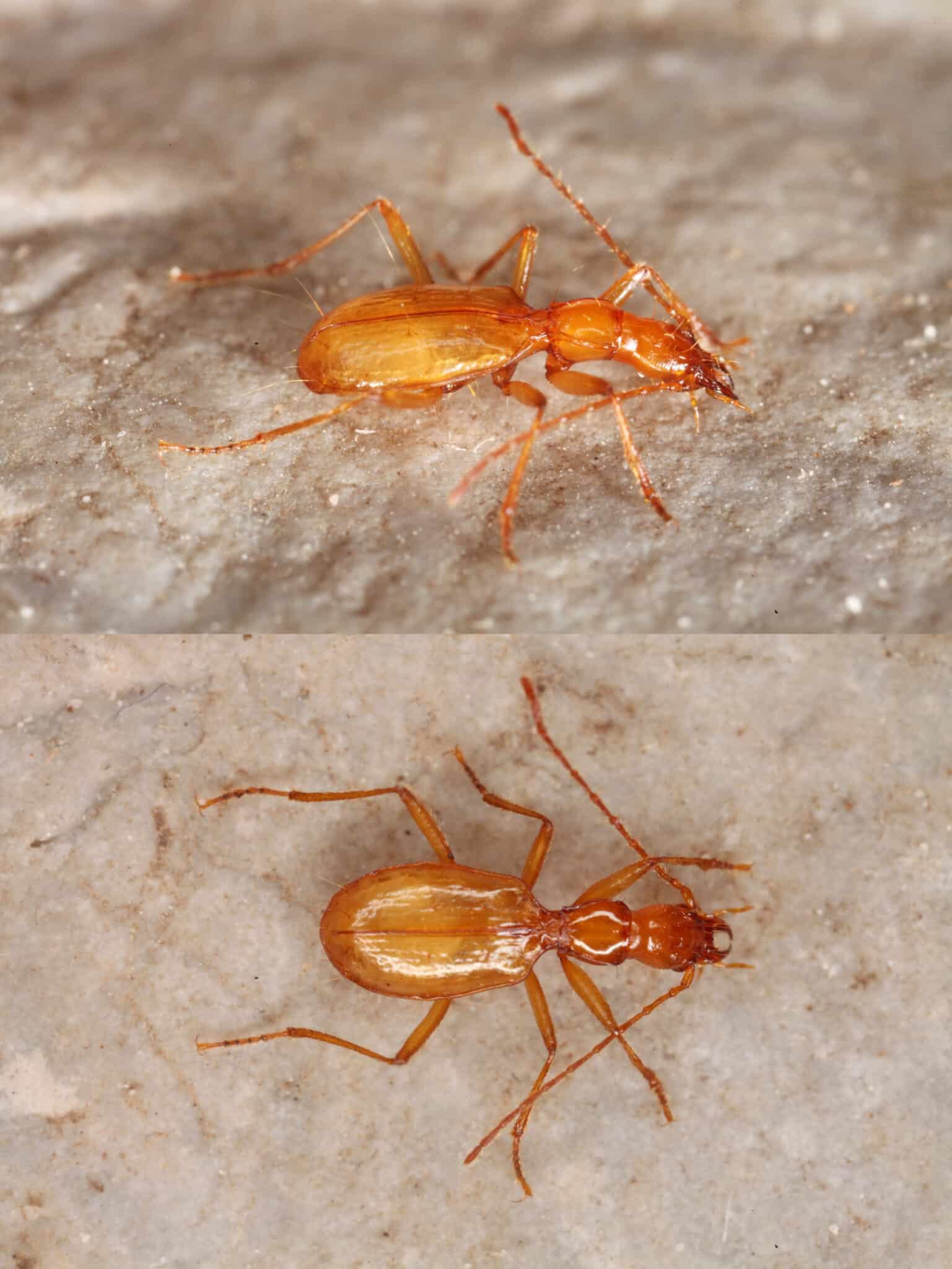
Do Lynx have a chance?
Once upon a time, lynx (Lynx lynx) used to populate all the forests and steppes of Eurasia. Due to direct persecution the cats of prey were exterminated in Austria and almost all of Western Europe by 1900. Lynx have a short tail, characteristic tufts of black hair on the tips of their ears and life in richly structured woods which offer enough pray. They do not stay in open landscapes, settlements and mountainous landscapes permanently. Luckily, there still are extensive forests with a high wildlife stock in Austria. Lynx are solitary animals and claim a territory of 100 – 250 km² (10.000-25.000 ha) each. They travel long distances, often covering up to 40 km a night. Austria plays a major role in connecting the Carpathian lynx to the Central European individuals. The area of the northern Limestone Alps is not only a centre of biodiversity but also a corridor for genetic exchange between north and south, east and west.
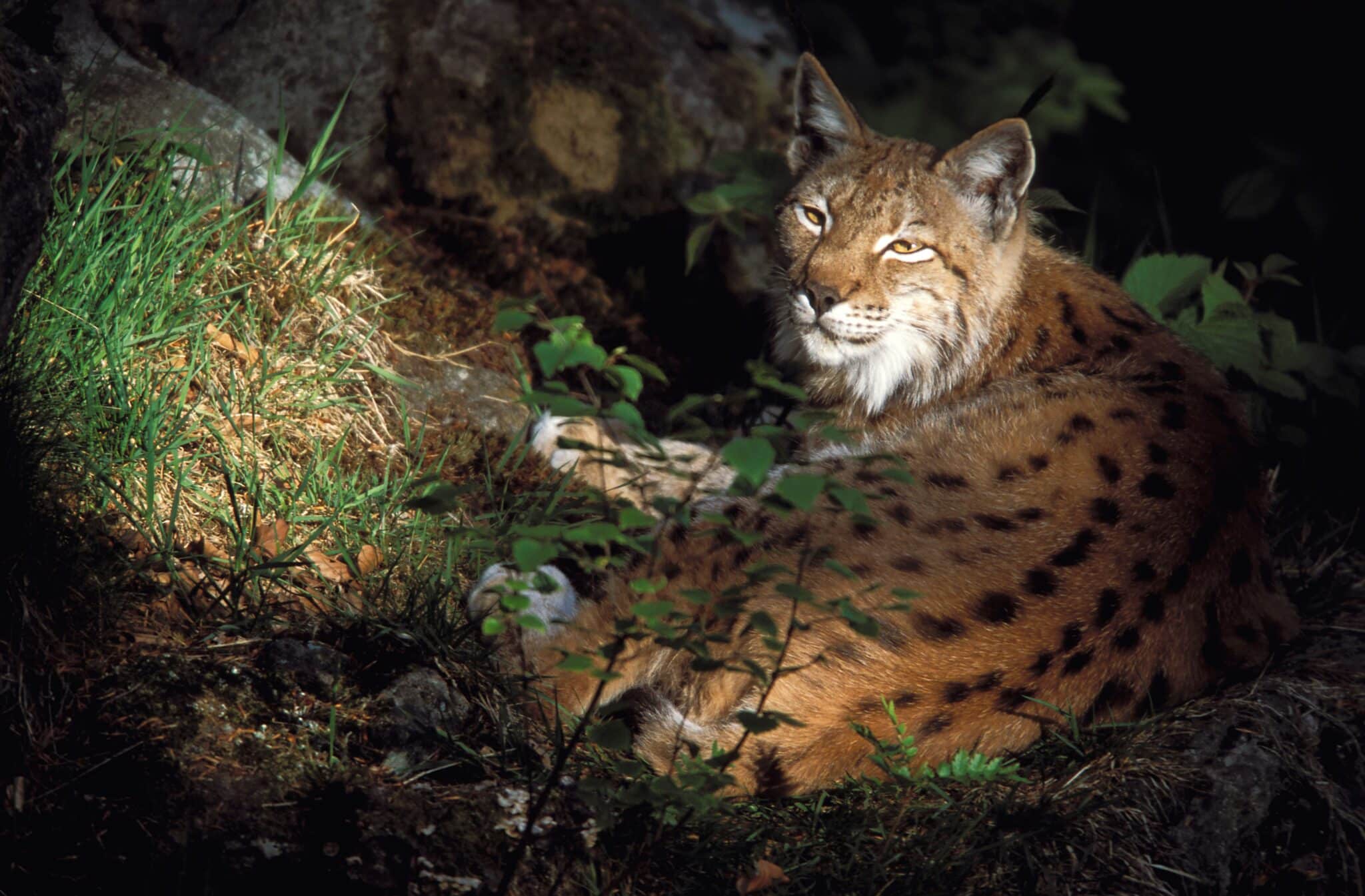
Feathered climber
With a little luck this high alpine songbird (Tichodroma muraria) with its magnificent, bright red and white plumage can be observed in front of the steep rock faces and torrent gorges of the Gesäuse National Park. Its fast wing beat and long pointed beak are reminiscent of a hummingbird. With its long toes and claws it finds a foothold even on steep rock faces and skilfully hops from one ledge to the next. There it searches for insects in grass tufts and rock crevices or reaches small caves and rock niches, which it uses as a safe place for its brood. These breeding sites are so well hidden in the extensive rock faces that they are often difficult to discover even by experienced observers.
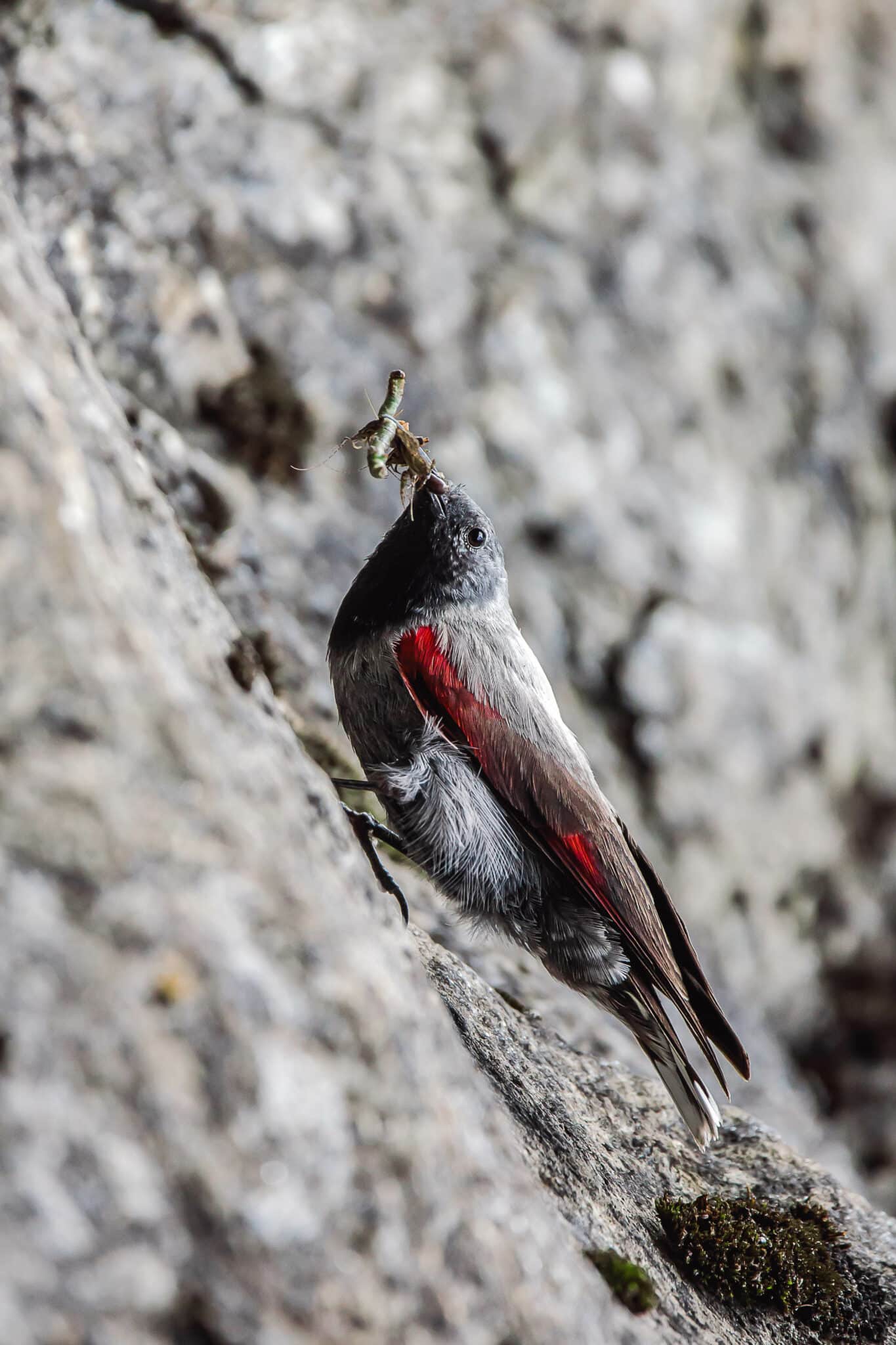
Here you will find suitable events at which you can experience the special features of the animals´ world in the Gesäuse National Park. You can find more about our events in our Calendar.